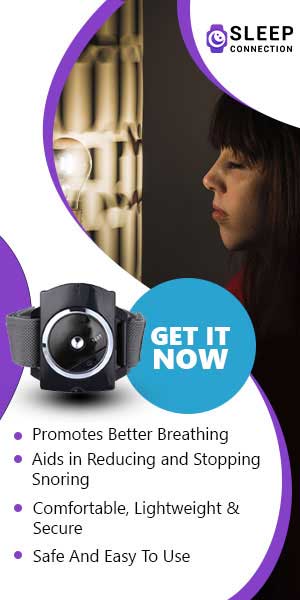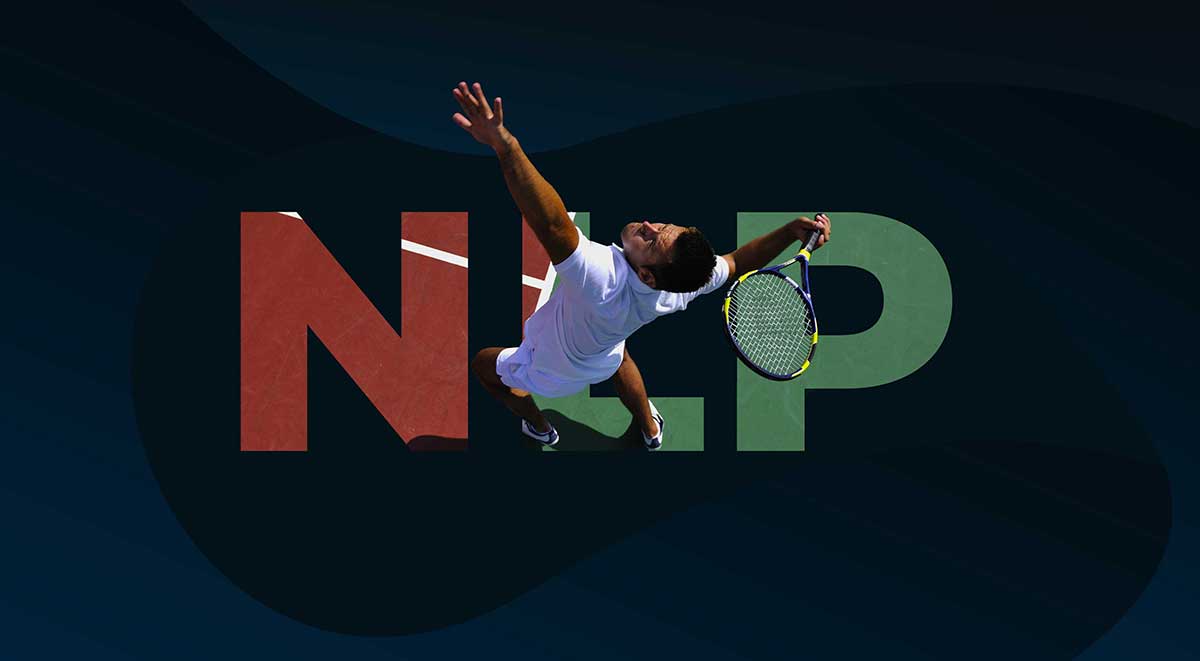
Use NLP to Improve Your Tennis Game
By Ford Mark Stevens Posted 3/26/2020 in SPORTS
Tennis is like any other sport, casual and professional players can face some stiff competition. Athletes are always looking for something to give them a leg up. Something that offers a performance breakthrough and propels them to the next level of gameplay. Many times, it’s an exercise or a move they practice a thousand times until they get it down. NLP is a little different. Many athletes use NLP to improve sports performance, but let’s look at tennis and discuss how the NLP approach can improve your tennis game.
NLP (Neuro-linguistic programming) can train your brain and body to perfect techniques, increase confidence, and help you develop the same beneficial habits as your favorite tennis players. As a starting point, let’s simplify NLP by saying everyone has a conscious and unconscious mind. NLP techniques help you communicate and train your unconscious mind, which reacts much faster than your conscious mind.
As a tennis player, you already understand your state of mind influences your game. How well you play depends not only on your physical skills and fitness, but confidence too. Think about NLP as a way to believe in yourself and improve your performance.
Using NLP to Anchor Confidence
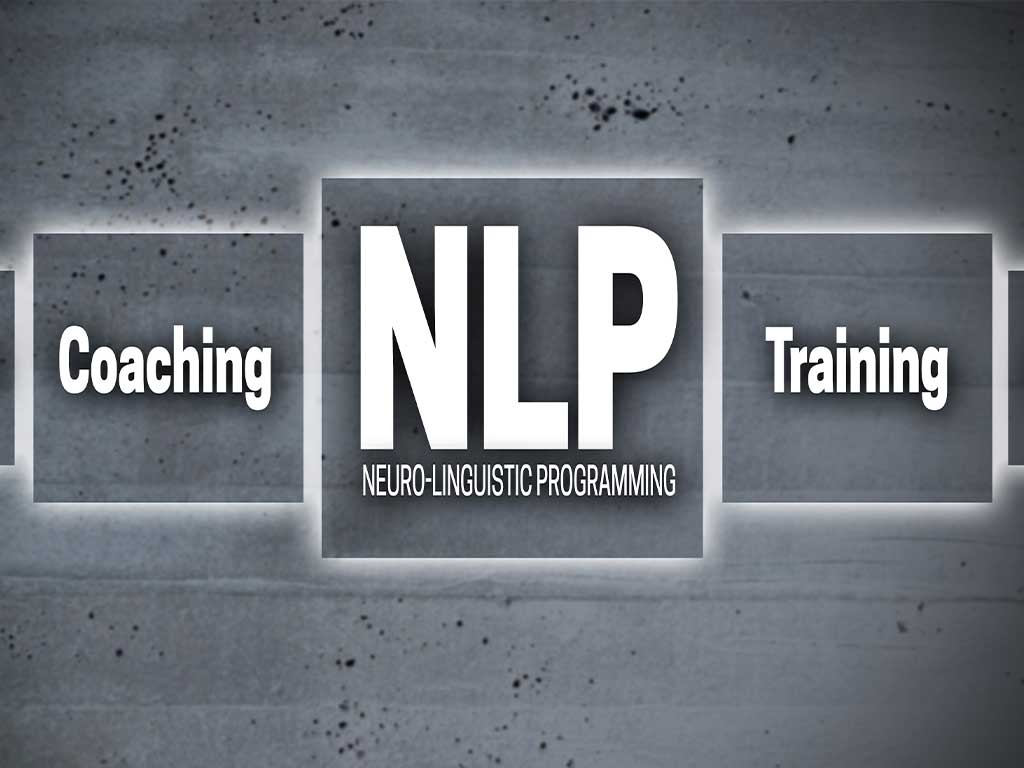
Anchoring is an NLP technique in which you create a sensory link with the emotional state you want to achieve. Later, you can use the anchor, or the sensation, to bring back a similar mindset. To be a skillful tennis player, you need confidence. In this technique you will forge a link between a recollection of a time when you were confident with a sensory impression. In your case, the touch might be suitable.
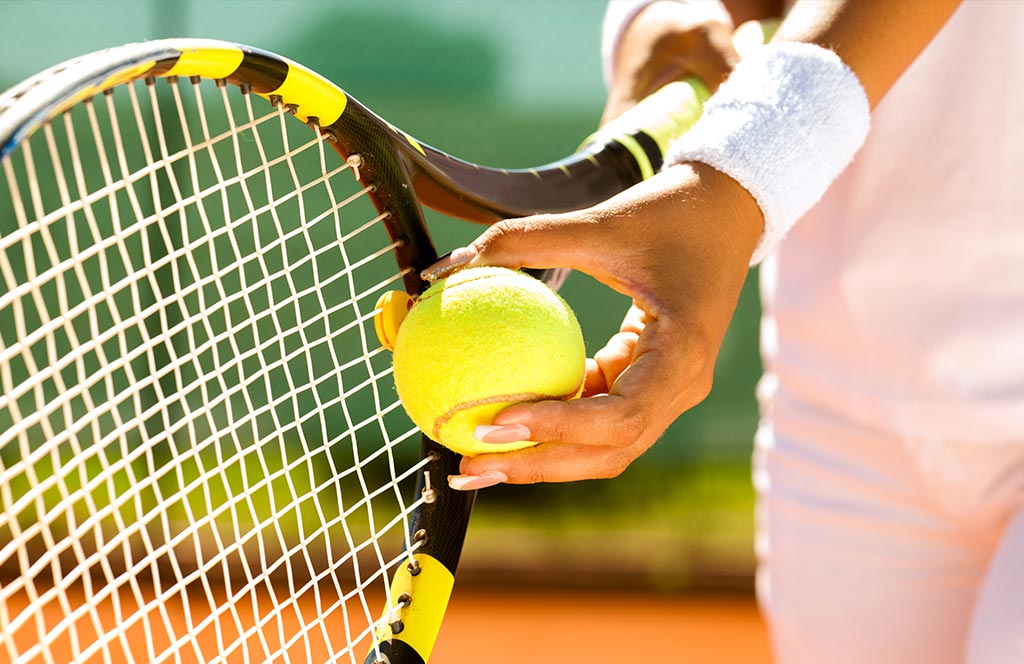
Confused?
Don’t worry; you won’t be in a moment. Choose an anchor and then run through the exercise. What is the anchor? Often, people might touch their knuckle or press a finger into their palm as a touch-based anchor, but your hands will be busy during a game. Instead, hold your tongue flat on the roof of your mouth, scrunch your nose, or use any other physical activity you can do with your face as a preferred anchor. A sharp intake of breath, for example, will do.
Sit or lie where no one will interrupt you. For a few minutes, take deep, slow breaths. Relax and pay attention to the surface beneath you, your body, and your breath.
When you are comfortable, return to a memory in which you were confident. Recall an occasion when you had self-belief and felt composed. Remember that one game when you were unstoppable.

Imagine floating into your body so you become one with the memory and look through your eyes as though you are there. You won’t see the whole of yourself, only the parts of you visible when you scan your torso, legs, and arms.
Recall how fearless you felt. Recognize the way you moved, and the bliss of being in the zone, and note your effectiveness. At this precise moment, link your chosen anchor to your emotional state. Thus, press your tongue to the roof of your mouth or carry out another anchor.
Now imagine the screen of your mind turns white in an instant, so the memory goes, and stop expressing the anchor. Come back to the present. Wriggle your toes and fingers and open your eyes. Use the anchor on and off throughout the day when you want to turbo-charge your mood. If you’ve forged a link with the anchor, when you trigger the anchor behavior you should feel a mental lift. Your frame of mind should shift.
If the exercise is challenging, try again, and remember to make the connection while you recall a memory at the exact time you note your confidence rise. No one technique works for everyone. There are NLP practitioners who can guide you to the proper emotional state in which to create an anchor and know the correct moment to forge a link, but there are other NLP techniques to try.
Using NLP to Model Behavior
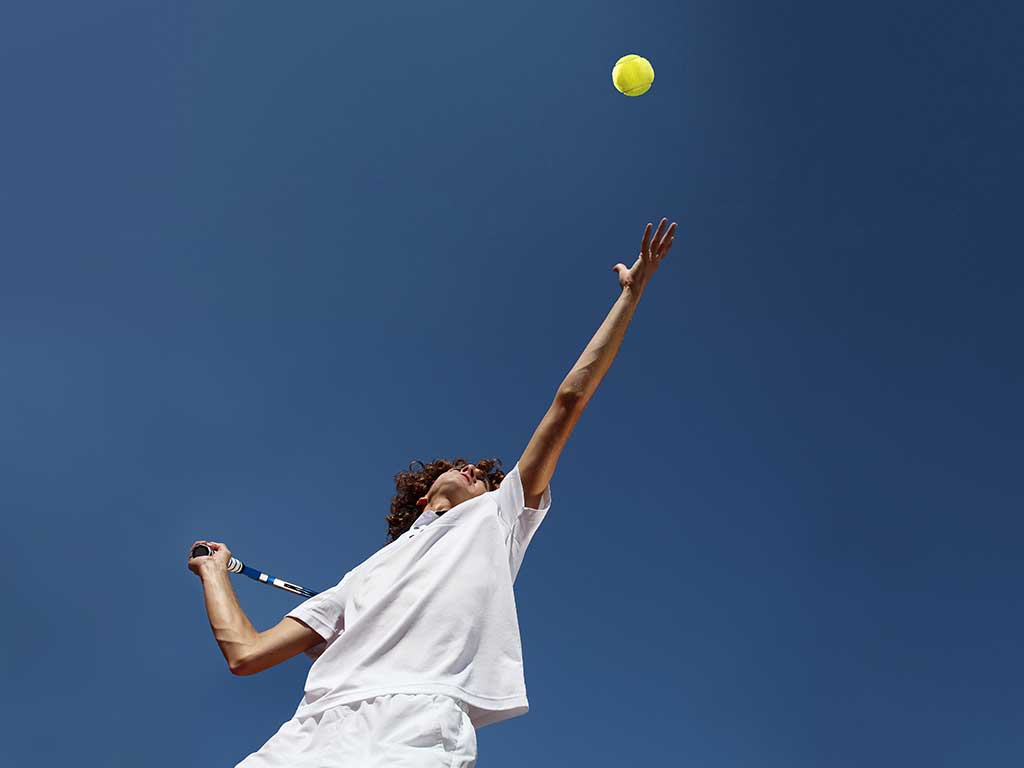
NLP shows people how to copy helpful habits to increase success. To be an exceptional tennis player, you can study skilled players. Watch video footage of professionals in action. Stand as they stand. Bear the weight of your body as they do at specific moments in the game. Deal with setbacks using a comparable attitude.
Also, learn about their lifestyle habits. What do they eat? What’s their exercise regimen? How much sleep do they recommend? How many hours a day did they train when they were at your stage of ability? Study your tennis idols and make their habits yours. Essentially envision yourself as your idol.
Practice in your mind
Studies show sports performance improves after positive visualization. See yourself play well. Focus on an individual habit or technique you want to master and picture the behavior you want to grasp. Notice your muscles flex, the way you move, and how you hold your body. Also, when the tennis ball comes toward you, slow its approach in your mind and adjust your position to make it perfect.
Use these tips provided, and your game will improve. Study your tennis idols; copy them. Create a confidence anchor and use it when your mood dips during a game. Practice in your mind. Visualize what you want your body to do.

